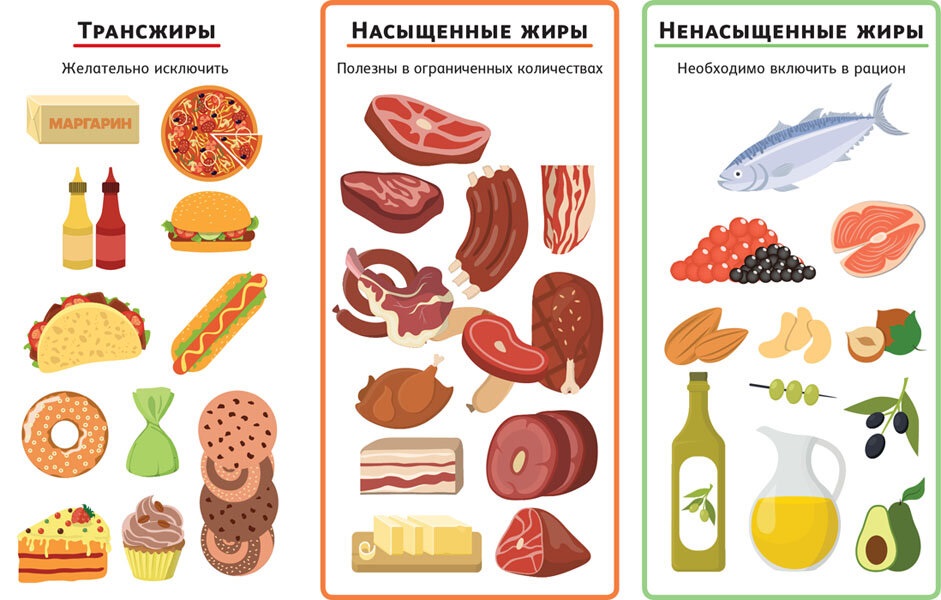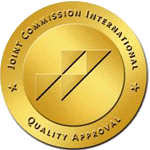NUTRITIONAL RISK OF DISEASES: THE ROLE OF TRANSFATS IN THE DEVELOPMENT OF ATHEROSCLEROSIS AND ONCOLOGY

The leading causes of death in the world are diseases of the circulatory system and cancer. Today, the main risk factors for chronic non-communicable diseases are unhealthy diet, lack of physical activity, and bad habits.
One of the most important dietary risks is high intake of transfats.
|
According to the WHO, industrially produced trans fats are responsible for more than 278,000 deaths worldwide each year. |
|
TRANSFATS (trans isomers of fatty acids, hereinafter referred to as TFAs) are unsaturated fatty acids that are produced by partial hydrogenation of vegetable oils (hydrogen is added to the oil molecules, turning it into a solid state). |
|
|
TFAs sources |
|
|
industrial (should be avoided) |
natural (use should be limited) |
|
margarine, spreads, vegetable shortenings, Vanaspati ghee, fried foods, baked goods (waffles, cookies, pies, cakes), mayonnaise, fast food |
natural meat and dairy products obtained from ruminant animals (cows, sheep, goats) contain their minimum amount |
WHAT ARE THE DANGEROUS OF TRANSFATS?
- The human body is not able to absorb and remove TFAs; they accumulate in the body, integrate into the structure of cells, disrupting their functioning. Often the “target organs” are the mammary glands in women, the prostate in men, which increases the risk of cancer and infertility.
- TFAs contribute to increased levels of “bad” cholesterol (low-density lipoprotein) in the blood and the formation of atherosclerotic plaques, which over time leads to blockage of the arteries, increasing the risk of thrombosis, heart attack, stroke and death.

The properties that attract manufacturers to TFAs are typically their low cost compared to healthier fats, as well as a number of chemical and physical characteristics that make them suitable for inclusion in a wide variety of processed foods, such as their ability to remain solid when room temperature, as well as increasing the shelf life of these products.
HOW TO MINIMIZE RISKS?
At the individual level:
- To limit consumption of foods containing natural TFAs.
- To avoid industrial products containing TFAs: baked goods, fried foods, artificial (with added trans fats) fat and oil products - cheese, kefir, cottage cheese products, especially for pregnant and lactating women, children and people with chronic diseases.
- When purchasing products, carefully to study the composition, since the content of trans fats in the product is always indicated on the label (margarine, vegetable fat, cooking fat, partially hydrogenated vegetable fat, partially hydrogenated fatty acids, frying fat, combined fat, hydrogenated oil) and to avoid them.
- Monitoring compliance with the mandatory restriction of TFAs content in food products of no more than 2 g per 100 g of total fat content (in the Republic of Kazakhstan there is a technical regulation of the EAEU for fat and oil products, TFAs content of no more than 2%).
- Incentivize manufacturers to replace TFAs in food formulations with healthier fats and oils.
- Develop and implement policies to remove industrially produced transfats from food products, using the REPLACE set of measures developed by WHO.
REMEMBER!
TFA is a commercially very profitable component that allows you to significantly reduce the cost of popular fat and oil products, bakery and confectionery products. Unfortunately, there is a fact that some manufacturers are more concerned about their income than the health of consumers.
Therefore, at present, avoiding foods containing transfats is the only way to avoid harm to health.




